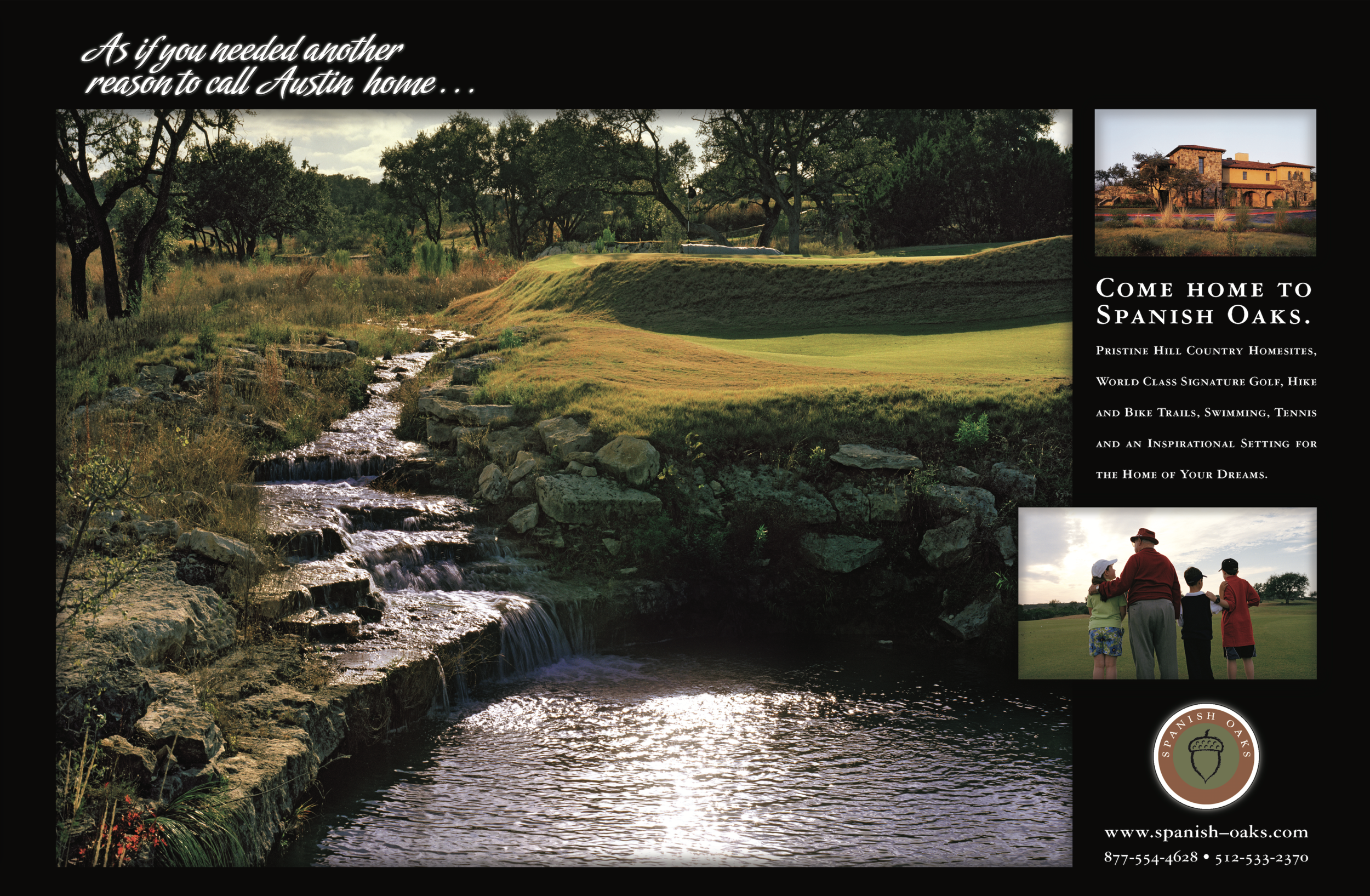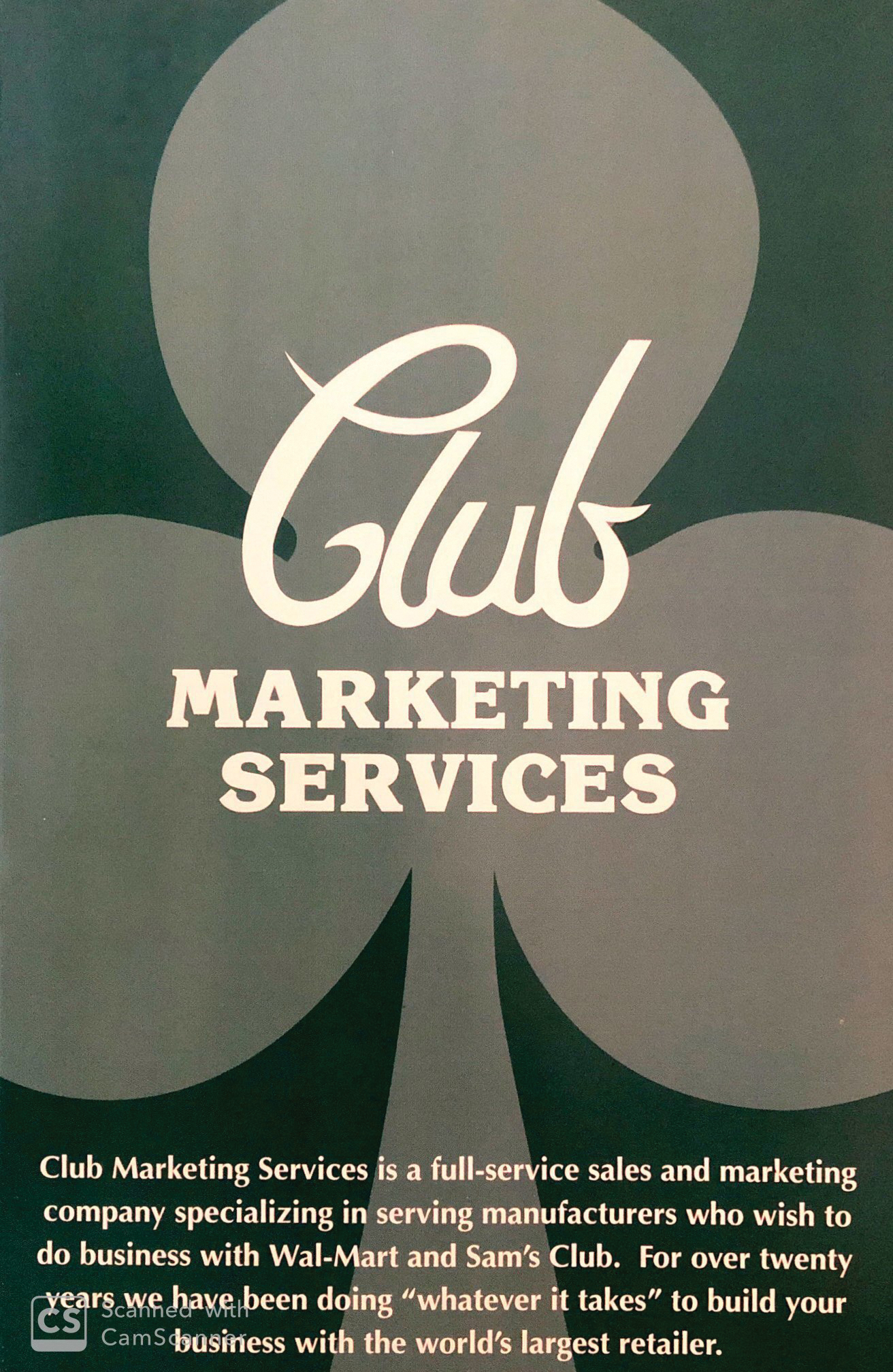It has become trickier than ever to ensure your brand’s content is being seen on Facebook. In 2018, Facebook began prioritizing “meaningful interactions” from friends and family over brand-generated content, with CEO Mark Zuckerberg saying, “You’ll see less public content like posts from businesses, brands, and media. And the public content you see […] should encourage meaningful interactions between people.”
To give your content the best shot at being seen, engage using Facebook’s most valuable behaviors (from social media scheduling platform Hootsuite):
Comments
The algorithm prioritizes active interactions like commenting and sharing over passive interactions like likes and click-throughs — the idea being that actions requiring more effort on the part of the user are of higher quality and thus more meaningful. Rather than passively scrolling through the News Feed and occasionally pausing to “like” a photo or an article, Facebook wants users to be inspired to engage in conversations with each other.
This means brands should create quality content focused on sparking conversations between users. Try including questions in your posts, or writing about timely, relevant topics that users are sure to have an opinion on. The point is, users will be more likely to see your Facebook posts if their friends and family are commenting on it.
The algorithm not only favors comments, but also replies to comments. These signal that a piece of content is inspiring conversation between users.
Reactions
If a user takes the time to hit the “love” icon vs. the “like” icon, your content will receive a minor boost in the News Feed. Just as in life, “loving” is a more valued emotional signal than “liking.”
The same goes for all Facebook’s reactions: Haha, Wow, Sad, and Angry. Facebook wants to see those “active” emotions.
Use Messenger
If a user shares a piece of content to their wall, that’s great, but it’s even better if they take the time to send it to a friend (or a group of friends) over Facebook messenger.
Engagement on Shares
While sharing a post is a pretty “active” interaction compared to most, simply getting shares is not enough. Your post must be shared and get engagement on that share to be prioritized in the algorithm.
Tips to increase organic reach on Facebook:
DO create quality content that resonates with your audience! This is the single most important piece of advice in this list. Everything about “meaningful interactions” boils down to creating quality content that people actually want to see.
DO use video & live video. People linger over a video post five times longer than at a static post. Video is not only good at capturing attention, it’s better at inspiring action, too.
DO use a clear call-to-action so that the audience knows how to engage, whether that’s liking, commenting, or clicking through your ad. Where relevant, ask a question that can be answered with a like or comment.
Don’t post engagement bait like “COMMENT here if you love puppies!” It’s spammy and will get you demoted.
Use high quality visuals: Skip low res, blurry, stock-quality images.
Keep copy direct: Short and sweet copy is always best.
Optimize for mobile: 88% of people use Facebook on mobile.
Limit text in visuals: Use Facebook’s Image Text Check tool to ensure your image passes the test.
Target the right audience: Facebook allows advertisers to target audiences based on their location, behaviour, demographics, connections, and interests.
Time strategically: Running ads at the right time will have a positive impact on your ad’s performance.
And finally…
If you’re attempting to target a younger audience, you might want to consider some of the data from this article: “44% of people aged 18 to 29 said they deleted the Facebook app from their phones in the last year.”
That doesn’t mean they’re deleting their accounts, but it does mean they’re going to engage less often and less consistently.
Let’s talk about which social media platforms are best for your brand and audience!



























































